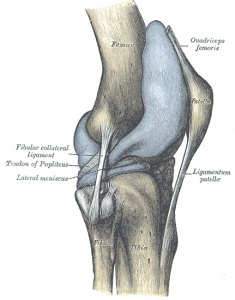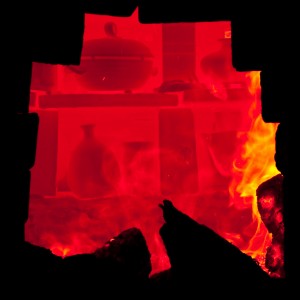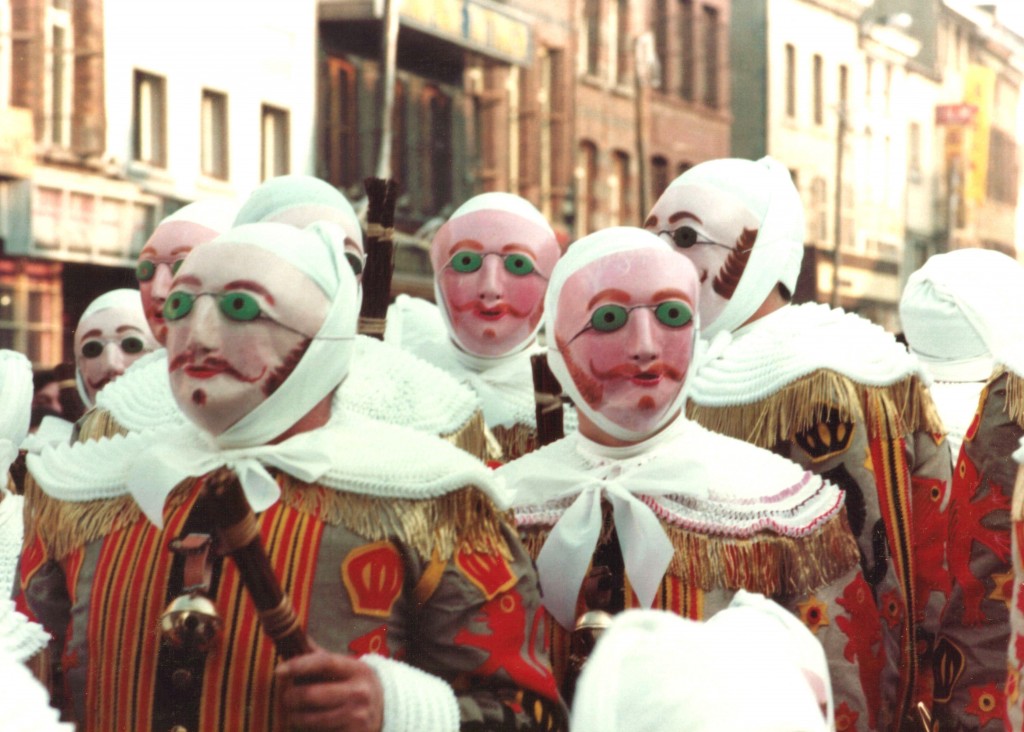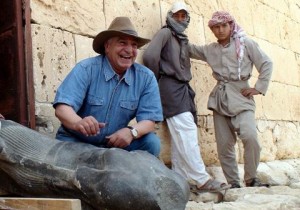UPDATE: On OregonLive, Ryan White has just posted this announcement of a big-name benefit for Japanese disaster relief at the Aladdin Theatre on March 27. So far, the list of performers includes pianist/bandleader Thomas Lauderdale of Pink Martini, singers Holcombe Waller and Storm Large, dancers from Oregon Ballet Theatre, new-music adventurers fEARnoMUSIC, the Pacific Youth Choir, PHAME Academy, the Shanghai Woolies, and singers Ida Rae Cahana and Carl Halvorson. Check Ryan’s post for details.
 © Rich Iwasaki 2008
© Rich Iwasaki 2008
By Bob Hicks
You’ll be hearing about a lot of benefit performances and emergency fund-raising drives to help the victims of Japan’s triple whammy of earthquake, tsunami and nuclear crisis. Perhaps you’ve already dug deep.
 One performance coming up is particularly close to me, because I serve on the board of Portland Taiko, the outstanding Asian drumming and movement ensemble. At 7 p.m. Tuesday, March 22, PT and the Portland State University Department of Music will host a performance at PSU’s Lincoln Hall Room 175. A lot of people in Portland Taiko have family in Japan. As artistic director Michelle Fujii puts it, “Seeing the tragedy in Japan unfold was difficult for many of us in Portland Taiko on a personal and visceral level.â€
One performance coming up is particularly close to me, because I serve on the board of Portland Taiko, the outstanding Asian drumming and movement ensemble. At 7 p.m. Tuesday, March 22, PT and the Portland State University Department of Music will host a performance at PSU’s Lincoln Hall Room 175. A lot of people in Portland Taiko have family in Japan. As artistic director Michelle Fujii puts it, “Seeing the tragedy in Japan unfold was difficult for many of us in Portland Taiko on a personal and visceral level.â€
Among others, the performance will include Portland Taiko, Takohachi (Japanese taiko and dance), Mexica Tiahui (Aztec drum and dance), Mike Barber (Ten Tiny Dances), Natya Leela Academy (traditional South Indian classical dance), Carla Mann and Jim McGinn (leading Portland contemporary dancers), and Hanzaburo Araki (shakuhachi, the traditional Japanese end-blown flute).
The performance is free, but volunteers from Mercy Corps and other organizations will be on hand to take donations. Hope to see you there.
 Mr. Scatter noticed this pernicious form of marketing and advertising breathlessness beginning as a trickle a couple of years ago, and it’s become an all-taps-open flood. The most ubiquitous torrent is the “major motion picture event” — which means “movie that cost a lot to make and needs to make a whole lot more to recoup its costs,” or just plain “new movie” — but it’s spread to many other areas as well. A rainstorm is a “weather event.” A sale on socks at the mall is a “merchandising event.” A rational political speech is an “imaginary event.” Just kidding on that last one.
Mr. Scatter noticed this pernicious form of marketing and advertising breathlessness beginning as a trickle a couple of years ago, and it’s become an all-taps-open flood. The most ubiquitous torrent is the “major motion picture event” — which means “movie that cost a lot to make and needs to make a whole lot more to recoup its costs,” or just plain “new movie” — but it’s spread to many other areas as well. A rainstorm is a “weather event.” A sale on socks at the mall is a “merchandising event.” A rational political speech is an “imaginary event.” Just kidding on that last one. On the other hand, the Lord of the Dance 3D ad reminded Mr. Scatter that today is St. Patrick’s Day, and then he recalled where he was and what he was doing exactly three years ago: lying on a hospital operating table, his left leg splayed open like a flounder getting filleted, while a highly gifted surgeon inserted what is essentially an entirely new and artificial knee. Loyal readers might recall this post from March 17, 2009,
On the other hand, the Lord of the Dance 3D ad reminded Mr. Scatter that today is St. Patrick’s Day, and then he recalled where he was and what he was doing exactly three years ago: lying on a hospital operating table, his left leg splayed open like a flounder getting filleted, while a highly gifted surgeon inserted what is essentially an entirely new and artificial knee. Loyal readers might recall this post from March 17, 2009,  Normally, this is not something I would discuss in public. My flushed cheeks and Mama-taught-me-better ways insist on it. But, given
Normally, this is not something I would discuss in public. My flushed cheeks and Mama-taught-me-better ways insist on it. But, given 
 Theoretically. Your canoe might get swamped, but the possibility of such a daring jaunt brings home the essential circularity of living with an
Theoretically. Your canoe might get swamped, but the possibility of such a daring jaunt brings home the essential circularity of living with an  Mr. Scatter recalls an east side cabaret space on Northeast Broadway between 14th and 15th, on the block where Peet’s Coffee is, and another cabaret on lower Hawthorne, around 20th, where people like Bonnie Raitt and the Flying Karamazov Brothers used to perform before they got famous. The old Sylvia’s Italian Restaurant on Northeast Sandy had a popular dinner theater operation for a while, and of course the legendary Storefront Theatre got its start in a little hole in the wall on North Russell. Maybe we’re missing something, but not much.
Mr. Scatter recalls an east side cabaret space on Northeast Broadway between 14th and 15th, on the block where Peet’s Coffee is, and another cabaret on lower Hawthorne, around 20th, where people like Bonnie Raitt and the Flying Karamazov Brothers used to perform before they got famous. The old Sylvia’s Italian Restaurant on Northeast Sandy had a popular dinner theater operation for a while, and of course the legendary Storefront Theatre got its start in a little hole in the wall on North Russell. Maybe we’re missing something, but not much. It’s not often we call attention to a front-page newspaper story — after all, it’s right there on the front page; how could you miss it? — but today we’re doing just that. If you haven’t looked at it yet, please read
It’s not often we call attention to a front-page newspaper story — after all, it’s right there on the front page; how could you miss it? — but today we’re doing just that. If you haven’t looked at it yet, please read 
 By Laura Grimes
By Laura Grimes Read Dobrzynski’s several posts from March 3 and her followup from March 4: It’s a messy situation. And it helps answer a question we raised almost a month ago, in
Read Dobrzynski’s several posts from March 3 and her followup from March 4: It’s a messy situation. And it helps answer a question we raised almost a month ago, in  By Laura Grimes
By Laura Grimes